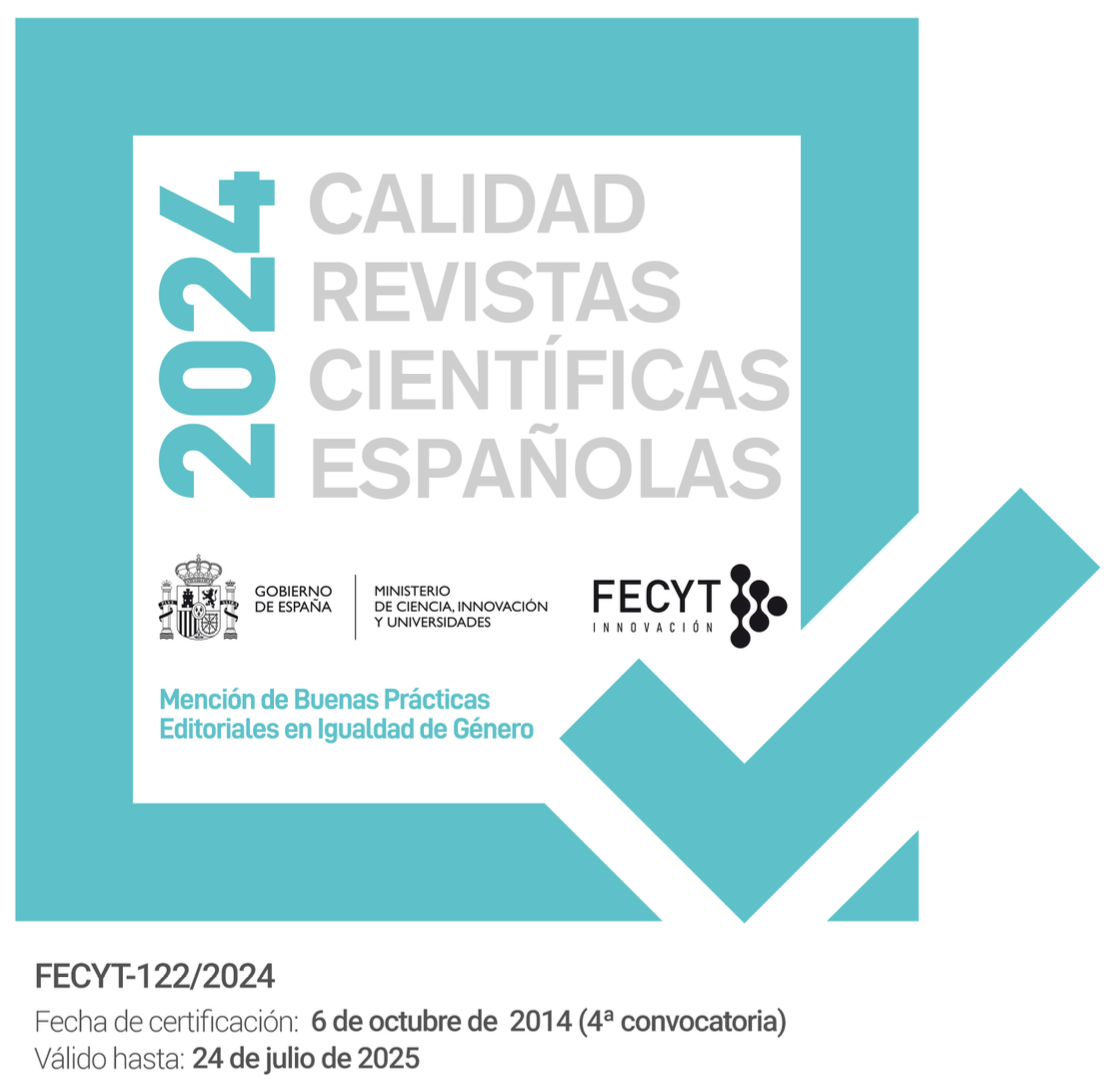Liquid Cinematography and the Representation of Viral Threats in Alfonso Cuarón’s Children of Men
Abstract
Recent cinema has been a reliable purveyor of dystopian tales that focus on the global spread of viruses. The anxiety and fascination over the end of the world and, in particular, over the invasion of infectious pathogens has turned these films into apt modes of expression of a post-9/11 context of pervasive fear that sociologists like Ulrich Beck have termed “world risk society.” This article provides a close textual analysis of one of these films, Alfonso Cuarón’s Children of Men (2006), situating it at the forefront of this trend. Following Zygmunt Bauman’s notion of liquid fear, this article aims to explore how the visual language of the long take and the continuous superposition of intertextual references help to construct a liquid space and time in which viral threats, like epidemics and immunological fear mongering discourses on terrorism and migration, easily proliferate. The infertility epidemic works as a suitable metaphor of this liquid environment, representing not only the barren malaise of our globalized times but also every invisible fear that spreads across borders, invades and segregates individuals into healthy Us and contaminated and dehumanized Others.Downloads
Download data is not yet available.
Downloads
Published
2015-12-18
How to Cite
Echeverría Domingo, J. (2015). Liquid Cinematography and the Representation of Viral Threats in Alfonso Cuarón’s Children of Men. Atlantis. Journal of the Spanish Association for Anglo-American Studies, 37(2), 139–155. Retrieved from https://atlantisjournal.org/index.php/atlantis/article/view/271
Issue
Section
Articles




